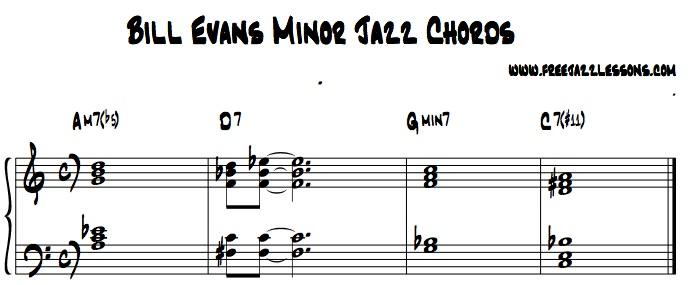Krasivie Cherno Belie Ramki
The Start-Up of You is crammed with insights and strategies to help each of us create the work life we want. Gretchen Rubin, Author of The Happiness Project Silicon Valley revolutionizes entire industries through the way we work. Discover the lastest trends in fashion in Bershka. Buy online shirts, dresses, jeans, shoes and much more. New products every week!
The vineyards used for Ramnista have an overall southeast exposure at an altitude of 280-330 m. The estate is divided into a mosaic of 30 vineyard blocks of different mesoclimates with varying exposure, orientation, slope, soil type, rootstock, vine density and age, demanding tailor-made viticultural practices for each vineyard block. Rainfall is abundant during the winter months, but summers are so dry that regulated drip irrigation is applied to prevent water stress. Vine density ranges from 3,500 to 4,000 per hectare and the average crop yield is maintained below 2.5 kg per vine.
About 5% of the estate is planted with various rare indigenous and international varieties for experimental purposes. For “Ramnista” we use grapes mostly from the vineyard blocks in the lower pH range and with lighter soil types to maximize the aromatic intensity and complexity. Moreover most of these blocks are closest to the nearby forest, where the more humid mesoclimate leads to a more tempered ripening pace. The grapes are handpicked and sorted on a conveyor belt before crush. After a six–day pre-fermentation cold soak at 8-10° C, the must undergoes a 12-15 day vinification at controlled temperatures.
Fermentation temperature does not exceed 25°C. Roughly one third of the wine ferments in open-top tanks with pigeage. The final blend is made five months after harvest and the last racking takes place about six months later. We use both French and American oak, new oak up to 25%, and about 25% 500-lt casks. We filter very lightly. The vineyards used for Ramnista have an overall southeast exposure at an altitude of 280-330 m.
The estate is divided into a mosaic of 30 vineyard blocks of different mesoclimates with varying exposure, orientation, slope, soil type, rootstock, vine density and age, demanding tailor-made viticultural practices for each vineyard block. Rainfall is abundant during the winter months, but summers are so dry that regulated drip irrigation is applied to prevent water stress. Esp eclipse serial numbers. Vine density ranges from 3,500 to 4,000 per hectare and the average crop yield is maintained below 2.5 kg per vine. About 5% of the estate is planted with various rare indigenous and international varieties for experimental purposes.
For “Ramnista” we use grapes mostly from the vineyard blocks in the lower pH range and with lighter soil types to maximize the aromatic intensity and complexity. Moreover most of these blocks are closest to the nearby forest, where the more humid mesoclimate leads to a more tempered ripening pace. The grapes are handpicked and sorted on a conveyor belt before crush. After a six–day pre-fermentation cold soak at 8-10° C, the must undergoes a 12-15 day vinification at controlled temperatures. Fermentation temperature does not exceed 25°C. Roughly one third of the wine ferments in open-top tanks with pigeage.
This song is from 'An Introduction to Jazz Book 1' by Jacob Koller. This E-book features 6 fun yet easy to play jazz piano pieces along with a CD to practice with. Best of all, we have an inventory of hundreds of thousands of titles, all 100% licensed and professionally arranged. We update our list of new jazz piano sheet music every week, giving you an enjoyable and simple way to discover new music or locate old favorites.  Below, I’ve compiled a list of nine easy jazz piano songs you can try, along with tips for playing jazz piano. Let’s start with the tips: How to Play Jazz Piano. Jazz is a blast to play on the piano! If you’re used to playing classical piano styles, I recommend starting with these tips for transitioning to the jazz style. 15 Easy Jazz Pieces Piano for dmitry@varelas.net Dmitriy Varelas Band II (Intermediate).
Below, I’ve compiled a list of nine easy jazz piano songs you can try, along with tips for playing jazz piano. Let’s start with the tips: How to Play Jazz Piano. Jazz is a blast to play on the piano! If you’re used to playing classical piano styles, I recommend starting with these tips for transitioning to the jazz style. 15 Easy Jazz Pieces Piano for dmitry@varelas.net Dmitriy Varelas Band II (Intermediate).
